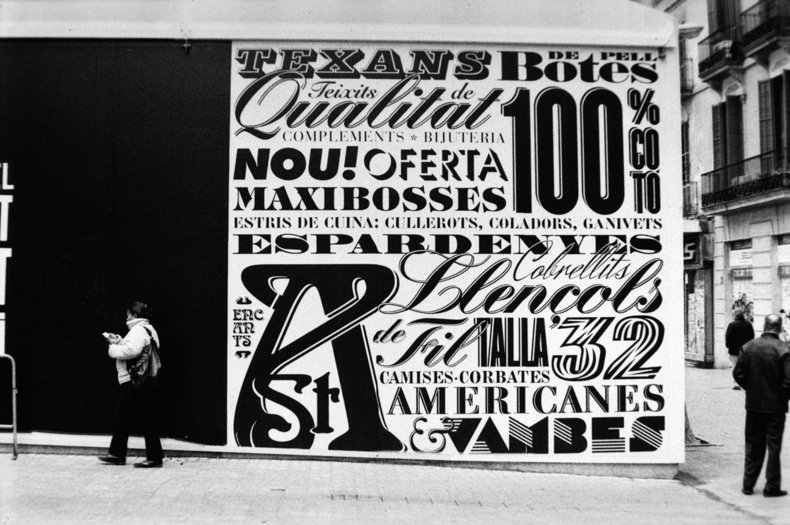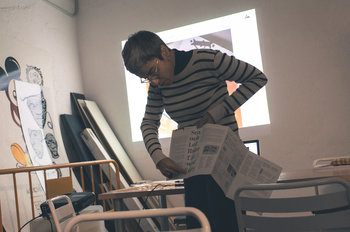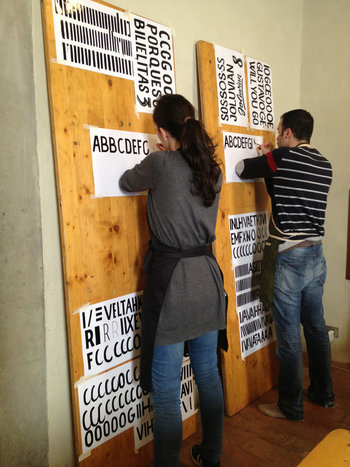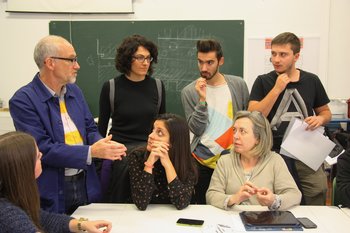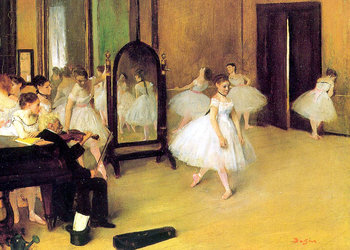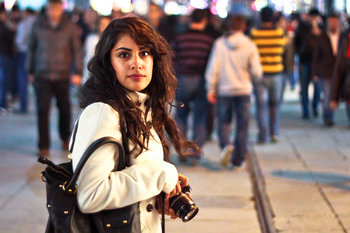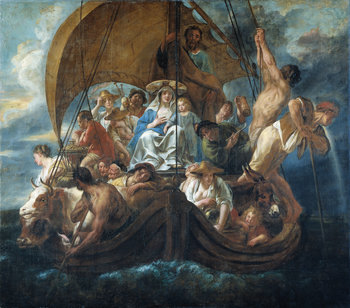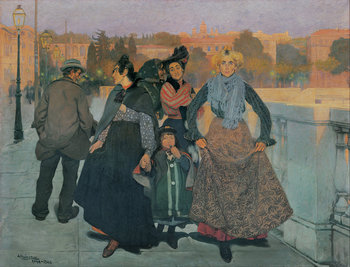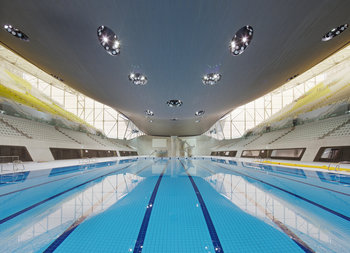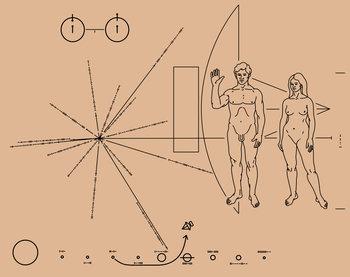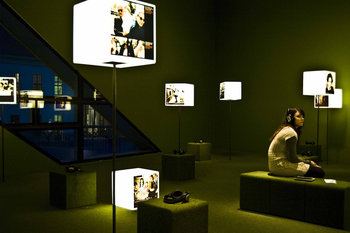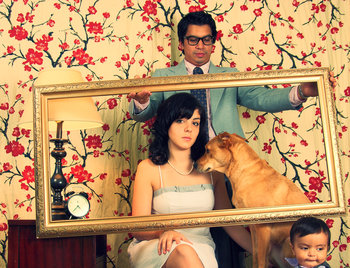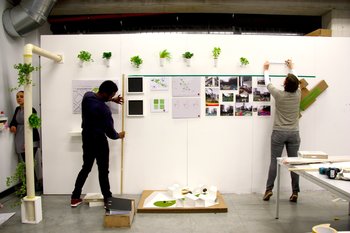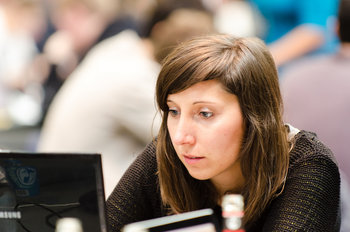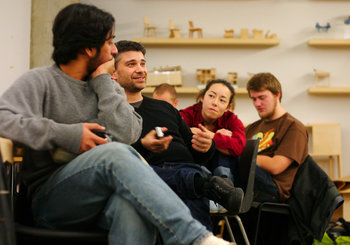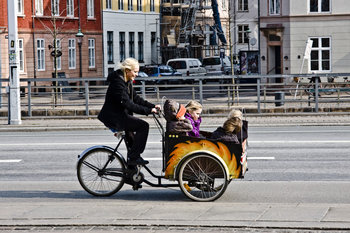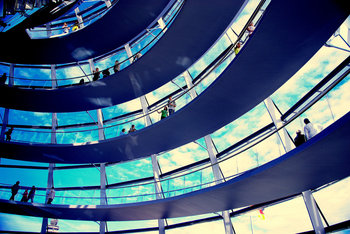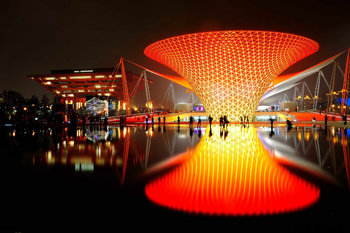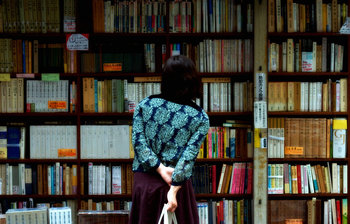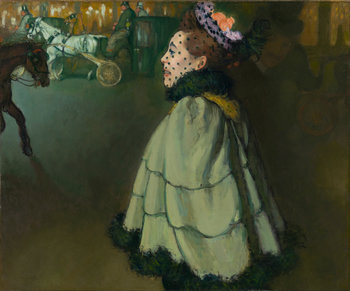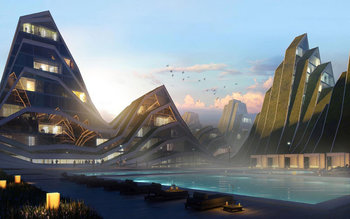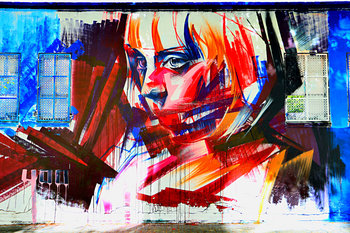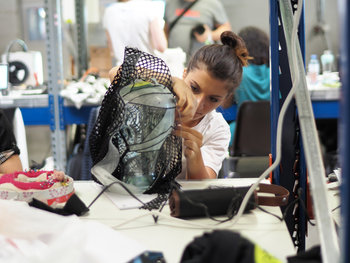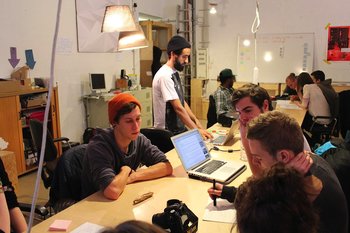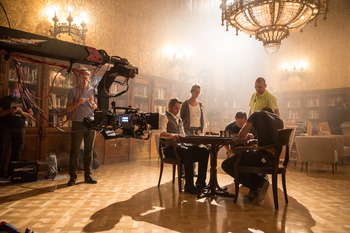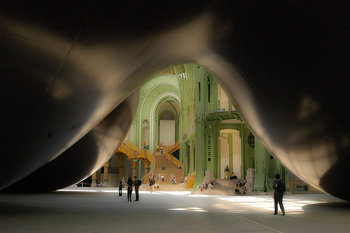Design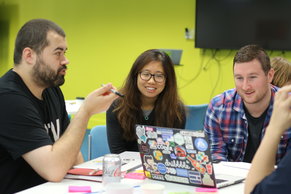 Related Guides
| |
Typography is the process of designing text. In most cases, this means making text readable and appealing. Typography can also be used to command attention, as a visual identity and as an element of look and feel. The following are common elements of typography.
TypefaceThe art of designing typefaces composed of symbols known as glyphs in different weights and styles. Each combination of typeface, weight and style is known as a font. Point SizesA point size is the unit of measure for fonts with a point being 0.353 millimeters or 1/72 of an inch. Line LengthThe characters per line in a block of text. People tend to be most comfortable with reading between 45-75 English characters per line as this is historically common in printed books. Shorter lines have too many words needing to wrap to the next line resulting in irregular spacing. Longer lines are thought to be difficult to read.
Line SpacingThe distance between lines, known as leading. This is measured between baselines, or the line on which most letters sit with exceptions such as "g" that dip below the baseline. Typographers use point sizes for leading or base it on a percentage of the font size. For example, a 150% leading for a 12pt font is 18pt.TrackingA constant space between letters that can often be configured by users of a typeface.KerningA variable space between letters that is a feature of a typeface. Kerning concerns combinations of letters that look better closer together or further apart in a particular typeface. For example, "AV" may be designed to be closer together as the two letters slope towards each other. The term negative kerning is used for combinations pushed closer together and positive kerning is for combinations pushed further apart.|
Type | | Definition | The process of designing text. | Related Concepts | |
Design
This is the complete list of articles we have written about design.
If you enjoyed this page, please consider bookmarking Simplicable.
A list of visual design techniques, elements and considerations.
Why colors match or clash.
A design element that is meant to catch the eye.
The difference between symmetry and balance.
An overview of proportion and scale in design.
The basic ways to create contrast in a design.
The common types of design unity.
A definition of visual communication with examples.
The common elements of information design.
The defining characteristics of modern design.
A comprehensive guide to design.
An overview of color theory.
The difference between layout and composition.
The difference between modeless and contextual user interfaces explained.
A list of common types of design.
The steps in a design process.
The common types of design quality.
A definition of universal design with examples.
A definition of sensory design with examples.
An overview of emotional design.
The definition of elegance with examples.
TrendingThe most popular articles on Simplicable in the past day.
Recent posts or updates on Simplicable.
Site Map
© 2010-2023 Simplicable. All Rights Reserved. Reproduction of materials found on this site, in any form, without explicit permission is prohibited.
View credits & copyrights or citation information for this page.
|
